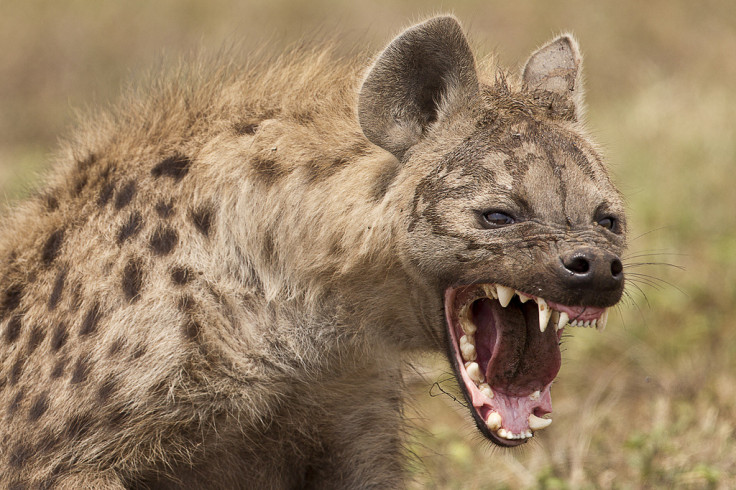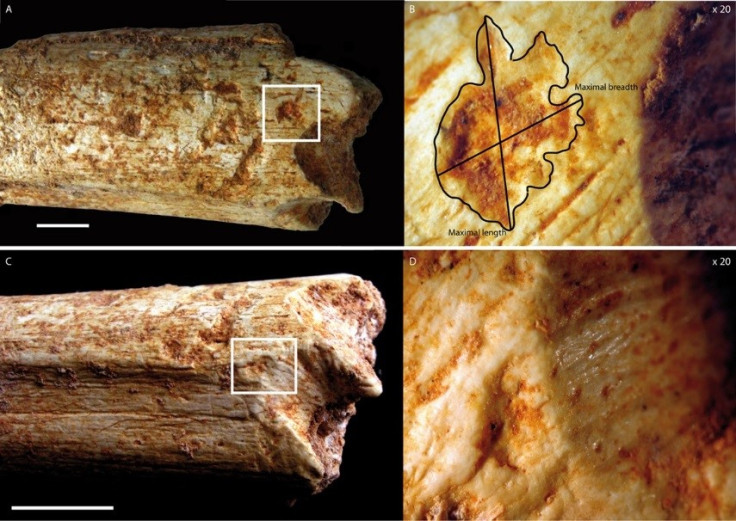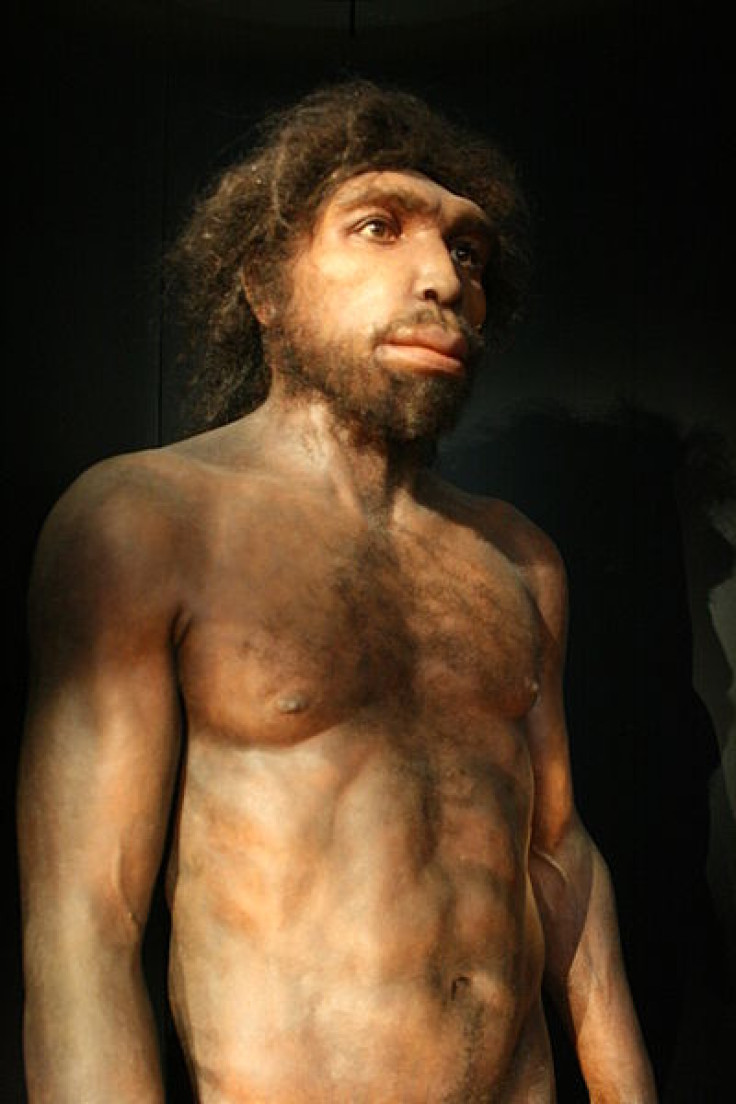When the hunters were hunted: Hyenas and giant baboons feasted on our ancestors

Sabre-toothed cats, bears, hyenas and jackals all may have hunted and feasted on our ancestors 500,000 years ago. Researchers have found the first evidence hominins living in a cave Morocco 500 millennia ago served as a food resource for large carnivores living at the time.
Early humans are known to have competed with carnivores for space and resources hundreds and thousands of years ago. However, evidence of their interactions is largely lacking. Often human fossils consist of teeth or badly preserved bones, from which scratch marks have worn off, making them difficult to discern.
However, researchers from the Muséum National D'Histoire Naturelle in France have now found a femur bone with markings indicating it had been chewed by a carnivore at the point of or after death. Published in the journal PLOS One, the researchers say this is some of the first evidence to show early humans were eaten by large carnivores.

The bone was discovered in the Grotte à Hominidés cave near Casablanca, Morocco. Around 500,000 years ago, the cave was occupied by Homo rhodesiensis, an extinct hominin species and ancestor of modern humans.
Analysis of the bone showed a number of fractures and tooth-marks that indicate it had been chewed by a carnivore. These were mostly found at the ends of the femur. The bite marks appear to have been made by a hyena, based on the tooth marks and that these carnivores would accumulate bones in their dens.

Evidence from nearby sites indicates early humans hunted large carnivores. The discovery of the femur points to a more dynamic relationship between man and beast living at the time.
Study author Camille Daujeard told IBTimes UK: "We know that hominins were quite capable of slaughtering large gregarious preys and to evict large carnivore of their habitats, and even occasionally hunting or exploiting them. Thus, we can say now that the status of hominins in the ancient Palaeolithic food chain could alternate between carrion and/or prey, scavenger and/or predator, depending on the circumstances rather than their abilities."
She added it was likely more evidence of humans being eaten by carnivores will emerge in future. She also said it was likely hyenas were not the only species killing hominins. Daujeard explained that despite this early human being eaten by a hyena it does not imply they were the biggest consumers of our ancestors: "Many other predators may have been competitors, such as the sabre tooth cats, panthers, jackals, bears, but also the giant extinct baboon."
In terms of which people were most at risk, Daujeard said other human remains found in Grotte à Hominidés were that of young and old individuals: "It is likely that [human prey] were the most feeble individuals. But, some confrontations with adults may also have led to death and consumption."
© Copyright IBTimes 2024. All rights reserved.






